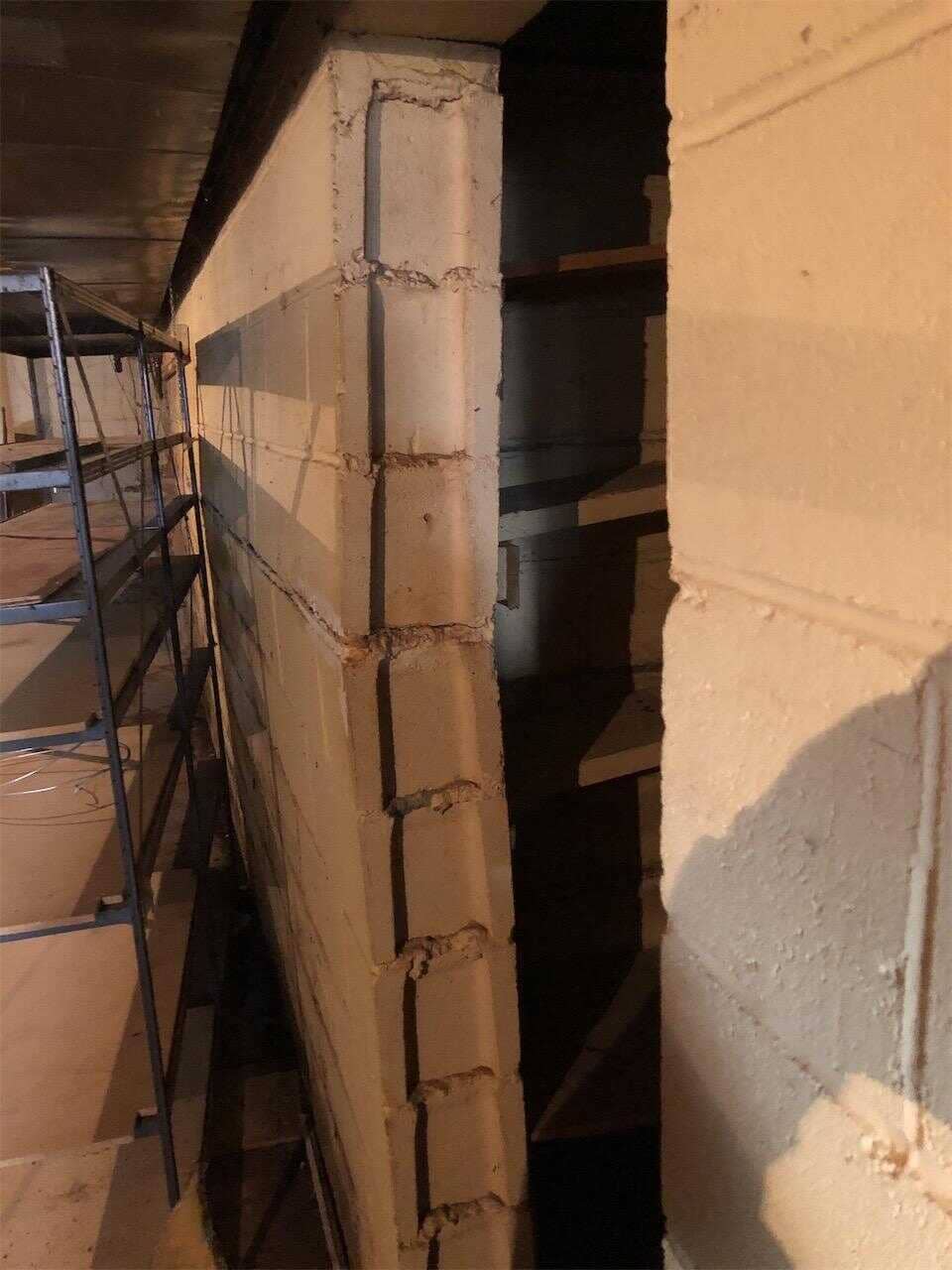Best Basement Waterproofing for Dummies
Table of ContentsSome Of Best Basement WaterproofingThe Facts About Best Basement Waterproofing UncoveredNot known Facts About Best Basement WaterproofingThe 5-Minute Rule for Best Basement WaterproofingThings about Best Basement Waterproofing
uses excavation techniques toward the base of the structure's foundation. entails removing wetness after it has actually entered the basement. AdvantaClean's experienced professionals and specialists will certainly find the water resource. If wall surface or piece splits are present, we will certainly inject polyurethane and epoxies into the splits and seal the concession, stopping more dampness from getting in.Installing cellar air flow systems, conditioning systems, or cellar dehumidifier systems to obtain water out of your cellar. Picking AdvantaClean's cellar waterproofing services is a reliable means to deal with dampness and stop mold from jeopardizing the structure of your home and the health of your family.
If there's condensation on the outside of the aluminum foil, you have high humidity in your cellar. If the foil has condensation on the inside surface area (following to the wall), the dirt around your home may be normally damp from a high water table or poor dirt drain.
You can waterproof just your indoor wall surfaces, which may solve the issue. Or you can waterproof your outside walls, which is a better wager however even more pricey. Below's the scoop on the various types: These thick layers are cement-like. Once they dry, they stick permanently to concrete and masonry wall surfaces.
The Ultimate Guide To Best Basement Waterproofing
Swirl the brush at the final phase of application to offer the wall an attractive, finished appearance. Concrete waterproof finishings can not be related to previously painted surfaces; check the label. A 5-gallon container prices concerning $60. Known as densifiers, they are suitable only for walls that have not been painted or secured.
You brush, roll, or spray it on a lot even more heavily one gallon covers just 75 square feet, not the 300 square feet common with conventional paint. Water resistant paint is fine for DIY application. You can use it over repainted surface areas, and paint over it once it's treated (one gallon expenses $37).
It can set you back $10,000 to $15,000, depending on the work needed (Best Basement Waterproofing). Exterior waterproofing involves digging deep into all around the home to the full depth of the structure walls, after that mounting a water resistant finish or membrane covered by drain panels.
A Biased View of Best Basement Waterproofing
We have actually all been caught in a storm without umbrella or raincoat. And it's always a recipe for catastrophe: every little thing's damp, your hairdo is destroyed, and points are getting musty. A basement without waterproofing is sort of like that. Minus the wrecked hairdo component. Your cellar doesn't wish to undergo a downpour without correct security simply as long as you don't wish to.

Outside waterproofing is a waterproofing method that includes sealing your home from the outside. It's type of like a moat around a castle. It includes excavating a trench around your whole home down to the foundation (about 8 to 10 feet down). The foundation walls are then cleaned, secured, and covered with a waterproof membrane or sealant.

The 10-Minute Rule for Best Basement Waterproofing
It's a more engaged procedure that needs digging up your backyard, which is costly and lengthy. Exterior waterproofing includes removing every little thing bordering your house, consisting of porches, driveways, pathways, landscaping, AC devices, decks, and so on. If any one of the work was done incorrectly and water is still entering your basement, there isn't much you can do to correct or repair it.
Interior cellar waterproofing involves waterproofing from the within. Any type of water that leaks into your basement is redirected prior to it touches your floor. It's sort of like using a raincoat under your clothes. It includes two points: a water drainage track and a sump pump. It works by securing the within your basement wall surfaces and floors so water that tries to get in is channeled out with a sump pump.
It's a reliable approach to waterproof your cellar. The disadvantage of indoor cellar waterproofing primarily has to do with the installation process.
9 Easy Facts About Best Basement Waterproofing Explained
In verdict, exterior and indoor basement waterproofing are both effective techniques of safeguarding your home from water damage. Outside waterproofing develops a barrier that stops water from entering your home, while interior waterproofing reroutes water that does enter your home. And it's vital to keep in mind that outside waterproofing is a costly and turbulent installation process when compared to indoor waterproofing.
Whichever approach you pick, ensure you pick a reputable and trustworthy contractor for the work. Both techniques call for experienced employees to deal with the work. If you have any questions concerning basement waterproofing, please get to out to us. And if you remain in our service location and have water in your cellar, call us for a free, no-obligation home evaluation.
You can submit our form right here. Best Basement Waterproofing, start a conversation in the lower right-hand edge, or call us at 1-800-827-0702